
SpeedSF Blog
Every Build Has a Story – Meet the Cars of SpeedSF
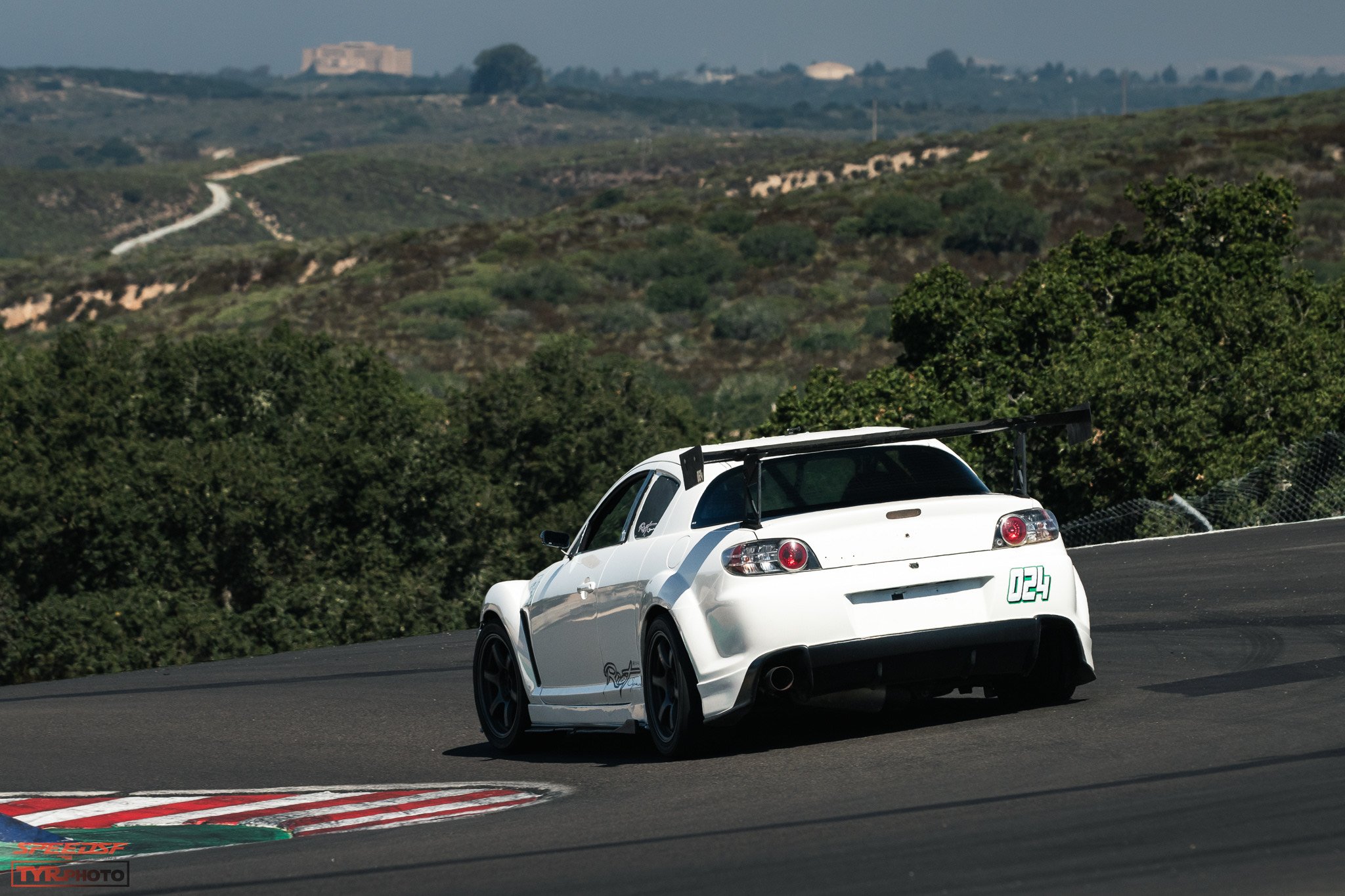
Lex’s RX-8: Underdog Pride
Mazda’s unloved little brother got a chance to shine when Lex moved on from his turbocharged FC3S RX-7 and bought this lightly tuned RX-8 from Gordon Peng. The necessary mods were already in place, which served as a foundation for Lex to acquire easy seat time in this reliable rotary.

Miles’ BRZ: Holistic Approach
Fueled by a desire to rise above middling, Miles Kodama bought his BRZ, enrolled in the 86 Challenge, and did everything in his power — including a serious diet and exercise regimen — to become series champion.

Connor’s E36: Standing on Solid Ground
After transitioning into HPDE from autocross, Connor Lydon recognized how taking the next step into time trials would be made easier by starting with a sorted car.
This IP-winning E36 M3 came to Connor already proven, and with a little massaging as well as a few chassis mods, it’s been able to set remarkable times with a modest amount of power.

Brandon’s Alfa 4C: Inconspicuous Exotic
Tired of Spec Miata and needing to build an unusual track car, Brandon picked up this Alfa 4C and gave it all the chassis mods needed to help it shine on the road course.
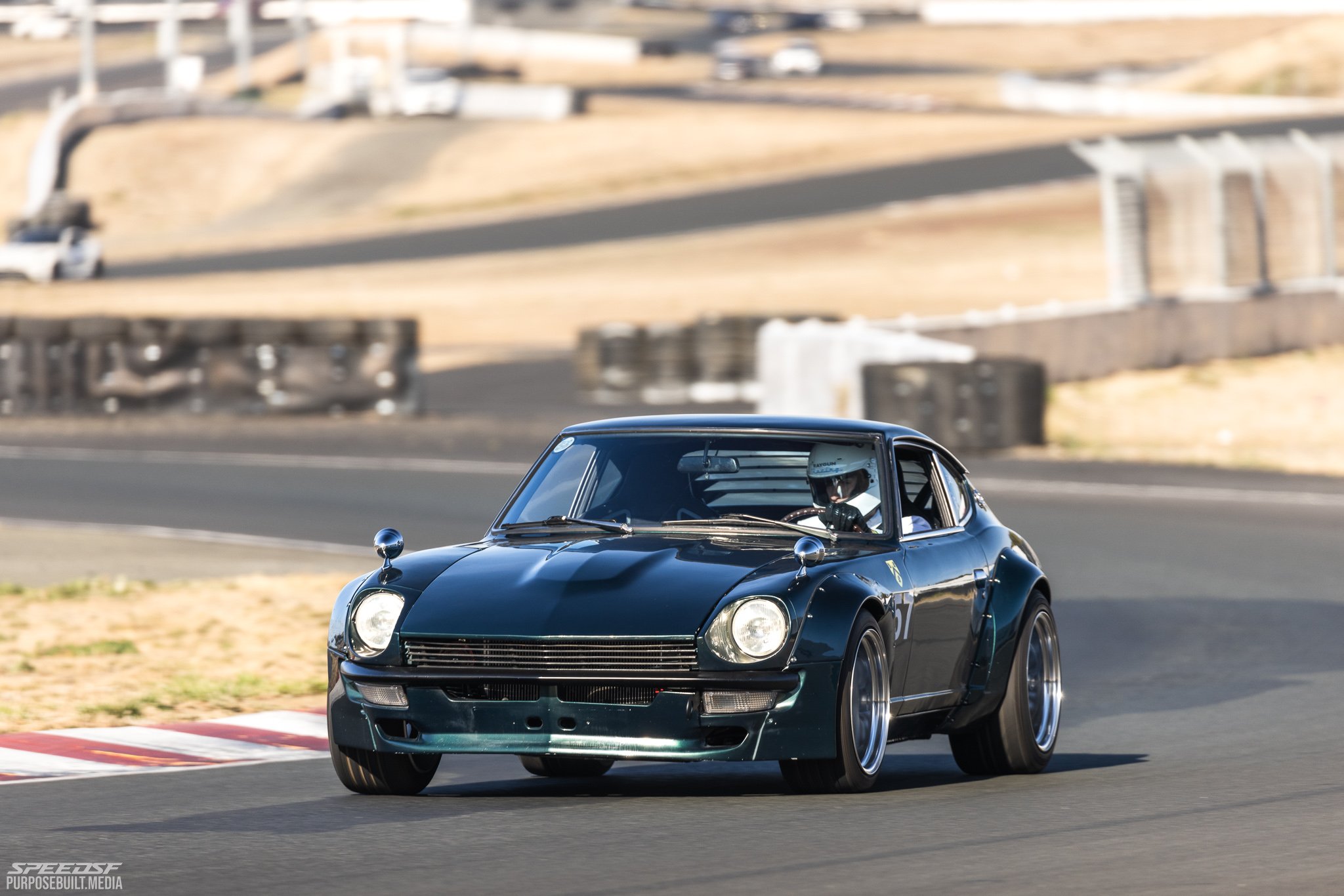
Piers’ 240Z: From First Principles
After rebuilding a carbureted bike in his apartment’s underground parking lot, Piers bought a pretty 240Z and began learning how to make an old Datsun work on track.

Fan’s NC Miata: Truncating Ten Years
Proper planning and dedication to simulator racing helped Fan learn the skills needed to run fast laps in roughly a third of the time it takes people without a well-researched plan. Now, he laps Laguna Seca in this mildly modified MX-5 in the 1:45-range.

Chris’ Evora: Penny-Pinching Pays Off
After a frustrated spell with a supercharged E92 M3 that could never quite put the power down, Chris Mayfield picked up a mid-engined sports car with a higher performance ceiling.
He found the Evora fun and competent in stock trim, and with full aero from Zebulon, it became a record setter.
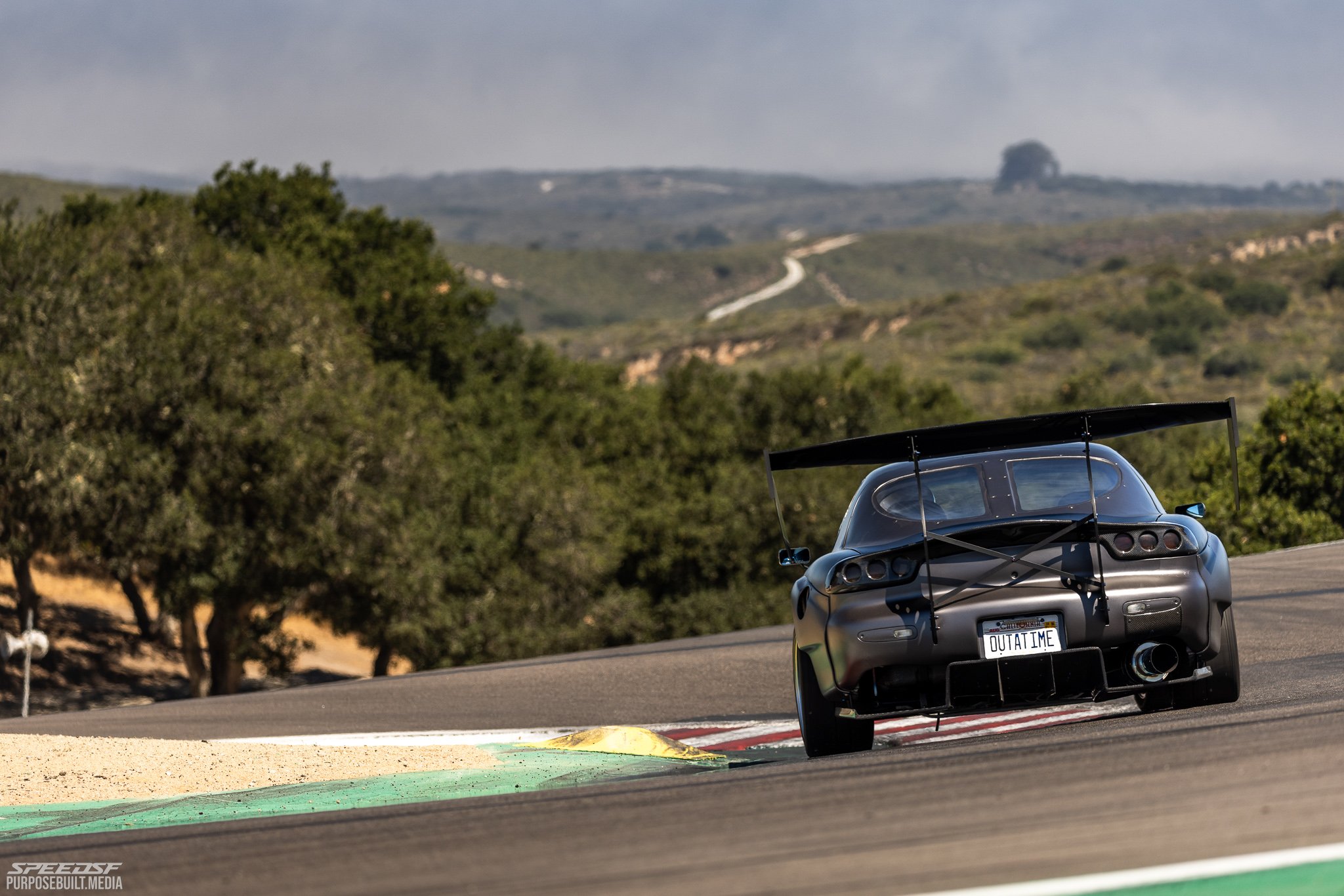
Joe’s RX-7: Long Time Coming
As problematic as the rotary engine has been for Joe Salinas, he's had a hell of a time modifying his thirteen different Mazda RX-7s — especially this track-only widebody FD3S.

CSG Brake Pads: Details Make the Difference
Thanks to a detailed feedback loop between CounterSpace Garage and their wide array of active customers, they've been able to provide a usable, confidence-inspiring brake pad for every popular HPDE platform today.

Forced Induction For Track Work: Supercharging Two Popular Platforms
The S2000 and E46 M3 have weight and nimbleness going for them. Do they need more power?
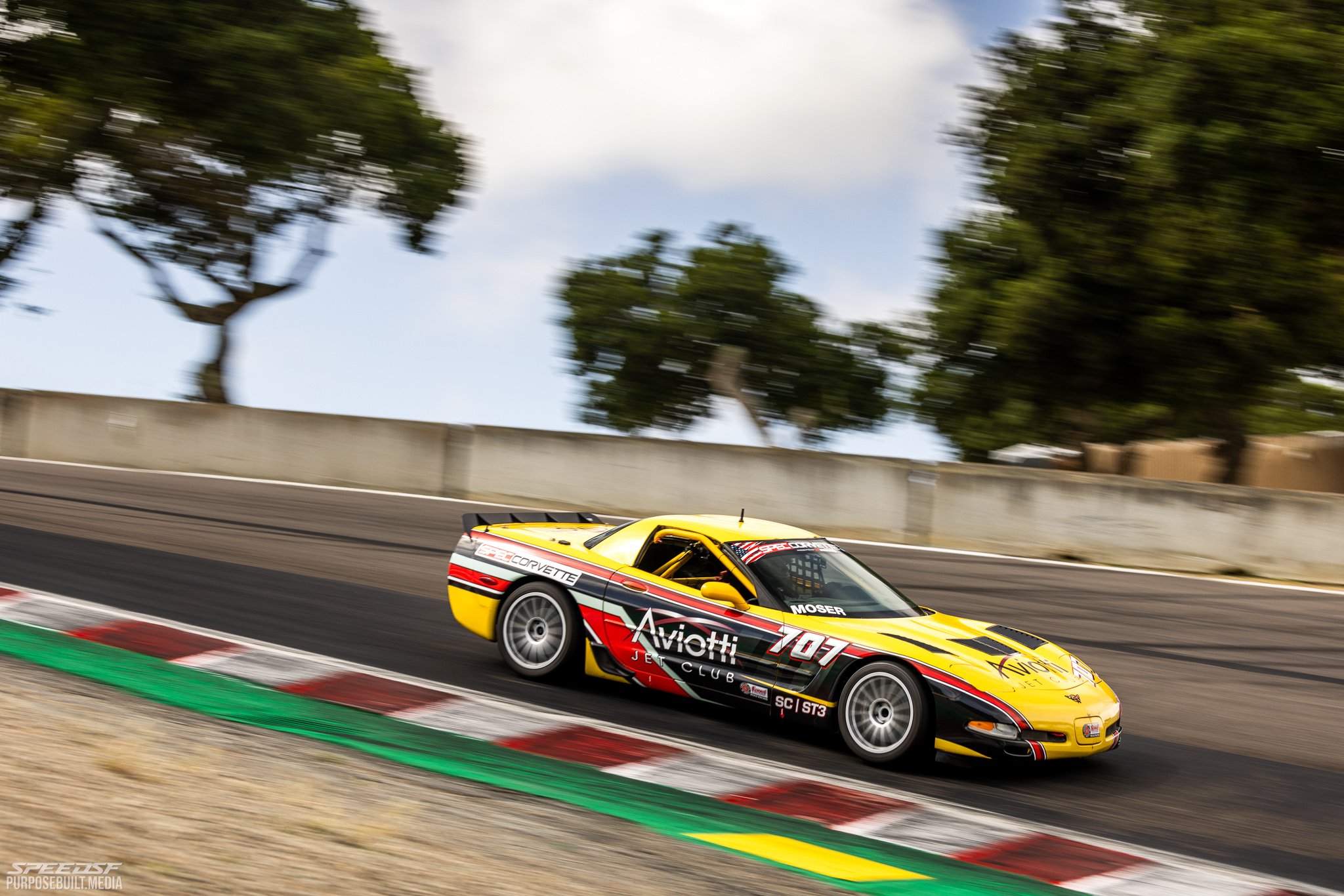
AP’s Spec Corvette: Ferrari Fill-In For Forty Large
After giving the Ferrari Challenge series a shot, AP Miranda decided he’d look for a more welcoming group of drivers in another popular club series. He found Spec Corvette, a cost-conscious series based around the C5, ticked all the boxes at a sixth of the Ferrari’s price.

Speed SF Goes Karting: A Thank You to our Coaches
Miles Kodama, Nate Hackman, and Matt Misencik put in an incredible number of hours this past year, and to thank them for their time and effort, we sponsored them in a charity karting event at Sonoma Raceway.

Tom’s Miata: Frankenstein Fun
After getting tired of turbo problems with his Mini, Tom bought a cost-effective NC Miata to earn his spurs. After the stock motor blew, he decided to swap a Fusion 2.5-liter four to give the NC’s fantastic chassis some much-needed mid-range torque.
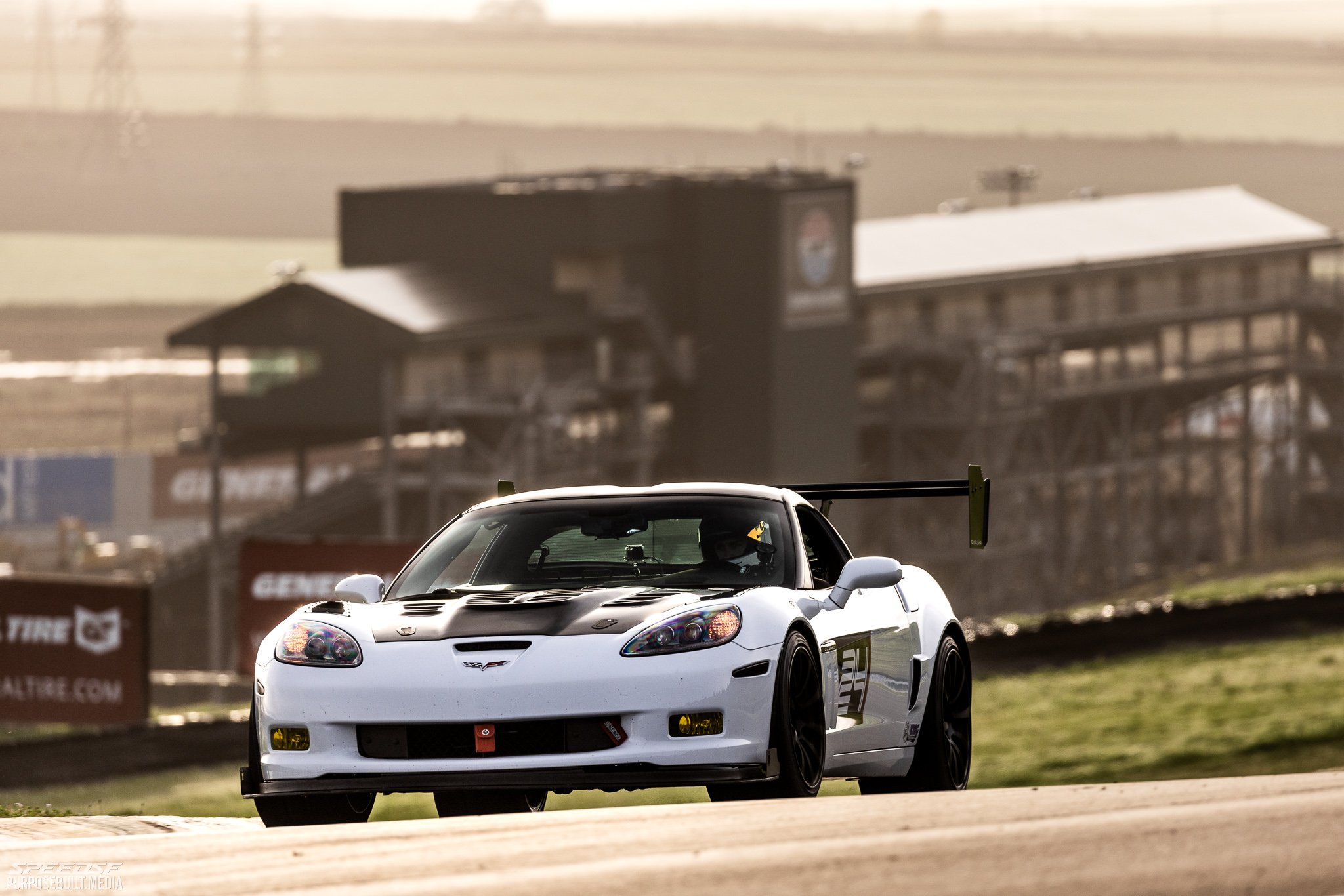
Cory’s C6 Grand Sport: Safe Not Sorry
After Cory Smetzler saw the light during a ridealong in a C6 Z06, he bought a Grand Sport from the same generation. It might not have the biggest motor or the lightest chassis in the lineup, but it has a few features which have offered him peace of mind with small few setbacks.
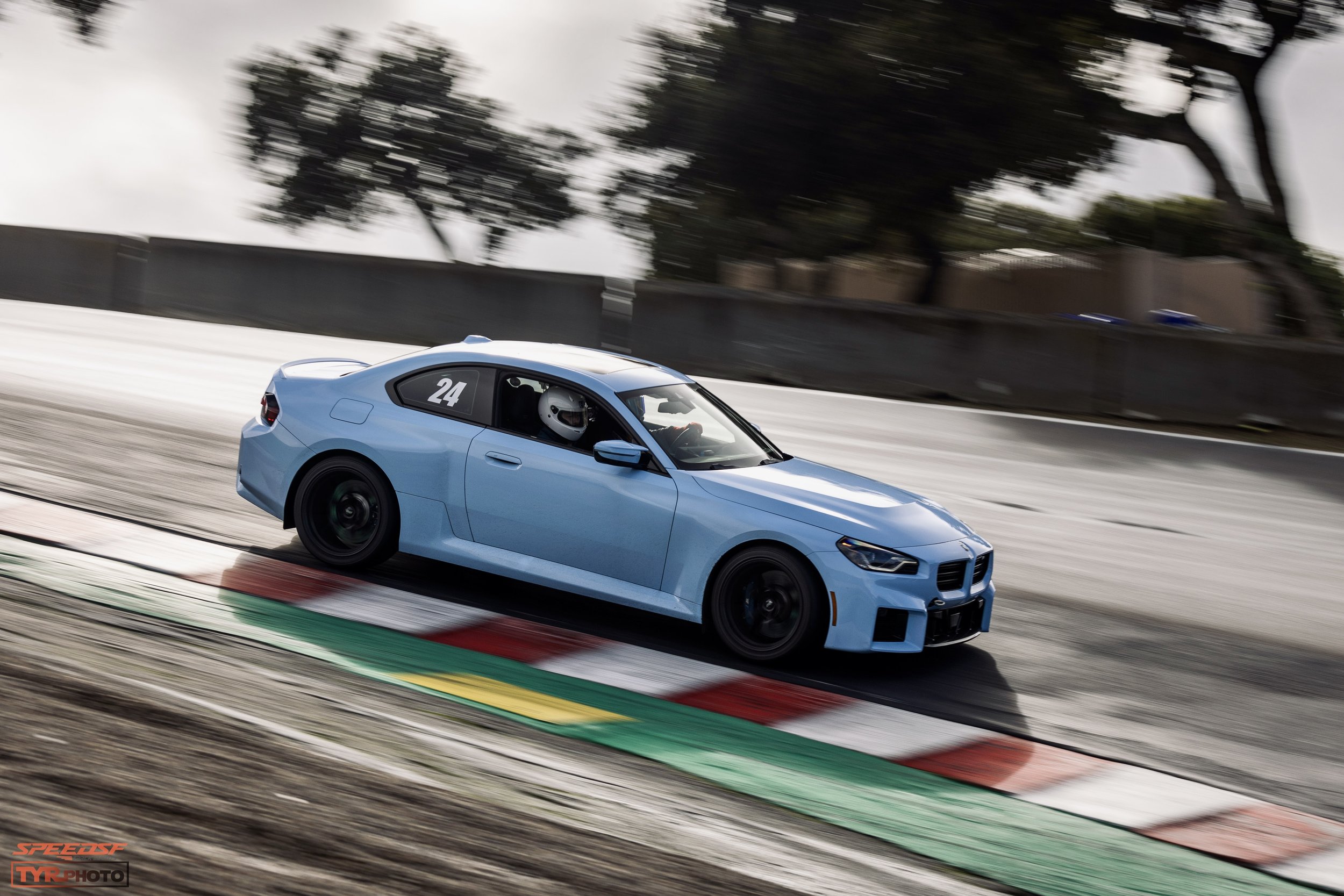
Gordon’s M2: Iteration Cycle
Rather than descend down the rabbit hole of modification, Gordon Mak decided to study the human element in the racing equation to find a process that would help him advance as a driver.

Joe’s AP1 S2000: Continuing Education
A couple years before forty, Joe Drane decided to finally give track days a try. Like with everything he’s pursued, he dove in with two feet and built a stunning S2000 in record time.
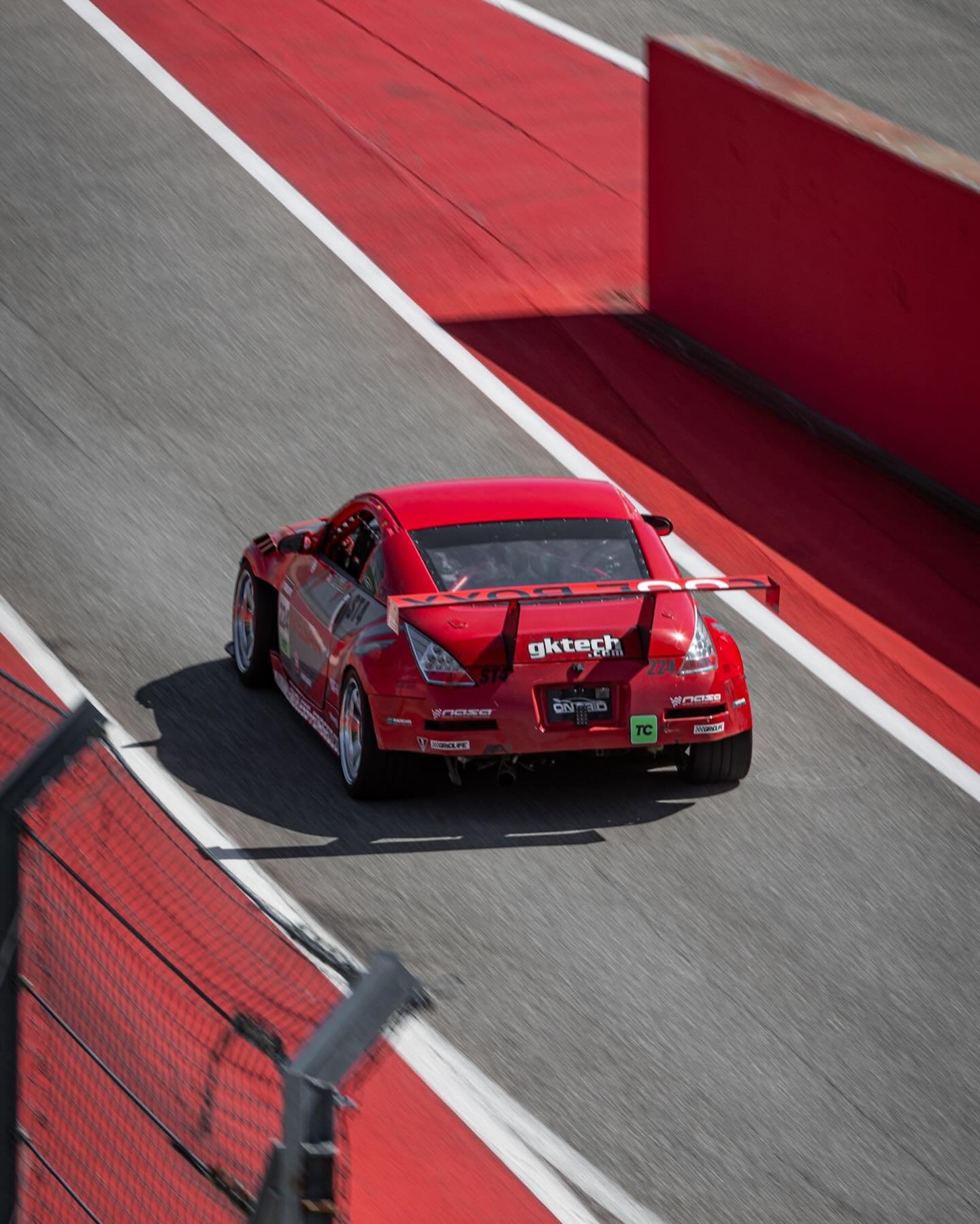
Michael’s 350Z: Take A Chance, Prove a Point
Looking for an affordable drift car, Michael “Stubz” Hillo grabbed a 350Z and started driving sideways. After some time, he recognized the car had potential as a track car -- as long as he could accept a few shortcomings.

Sonoma’s Recent Repave Helps Set New Records
Sonoma’s recent repave — the first in over two decades — has helped Speed SF’s fastest set new records in three of the Challenge groups.

Aidan’s GT3: Vision Realized
Driven to realize a very specific dream built on years of tuning high-revving Hondas, Aidan decided that this 991.2 GT3 would have the subtle cosmetic touches to wow crowds and the high-end racing modifications to set seriously impressive lap times.
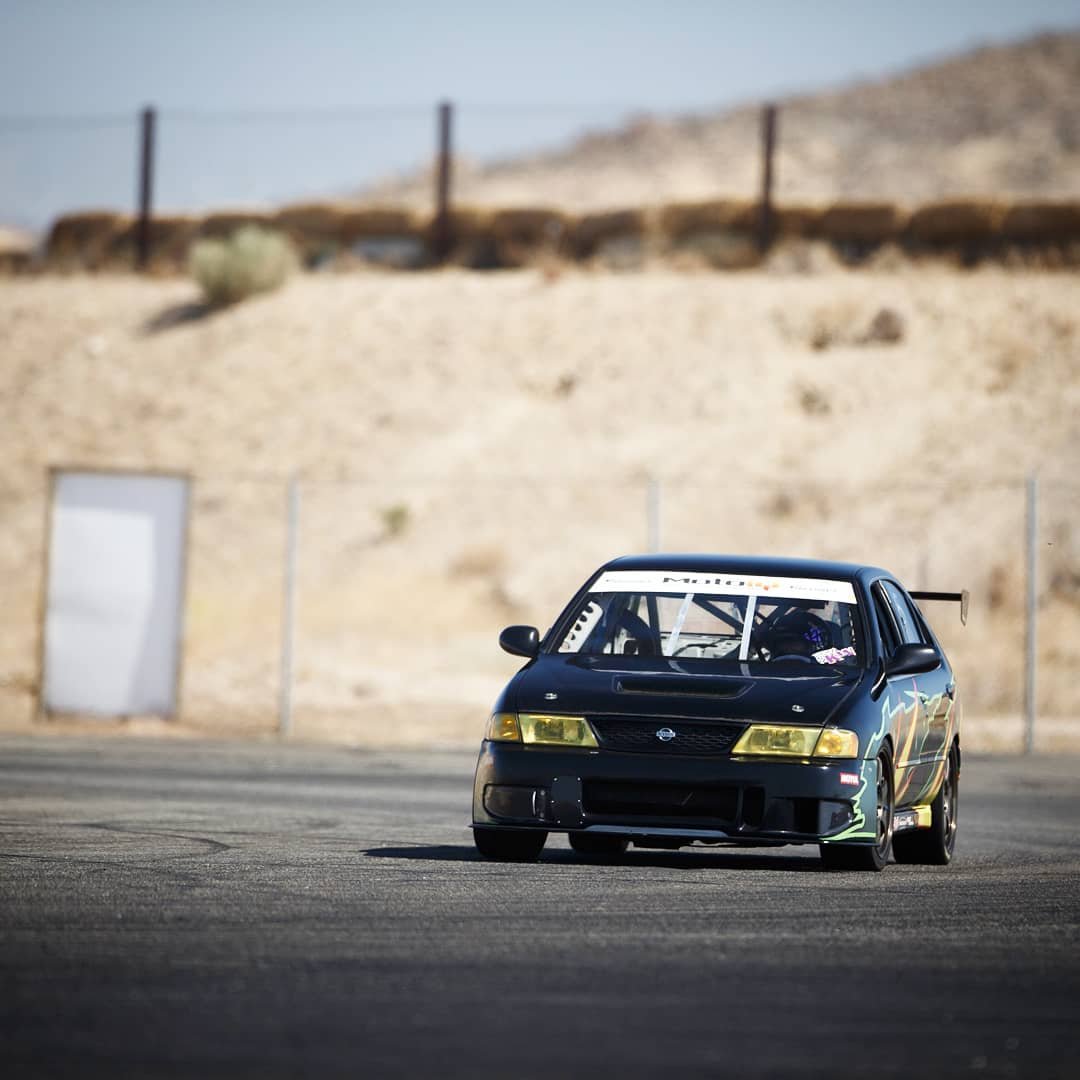
Walter’s Sentra: Lifetime Obsession
Twenty years after crewing for various teams in the Spec SE-R series, Walter began racing himself and made a very special Sentra his own.
